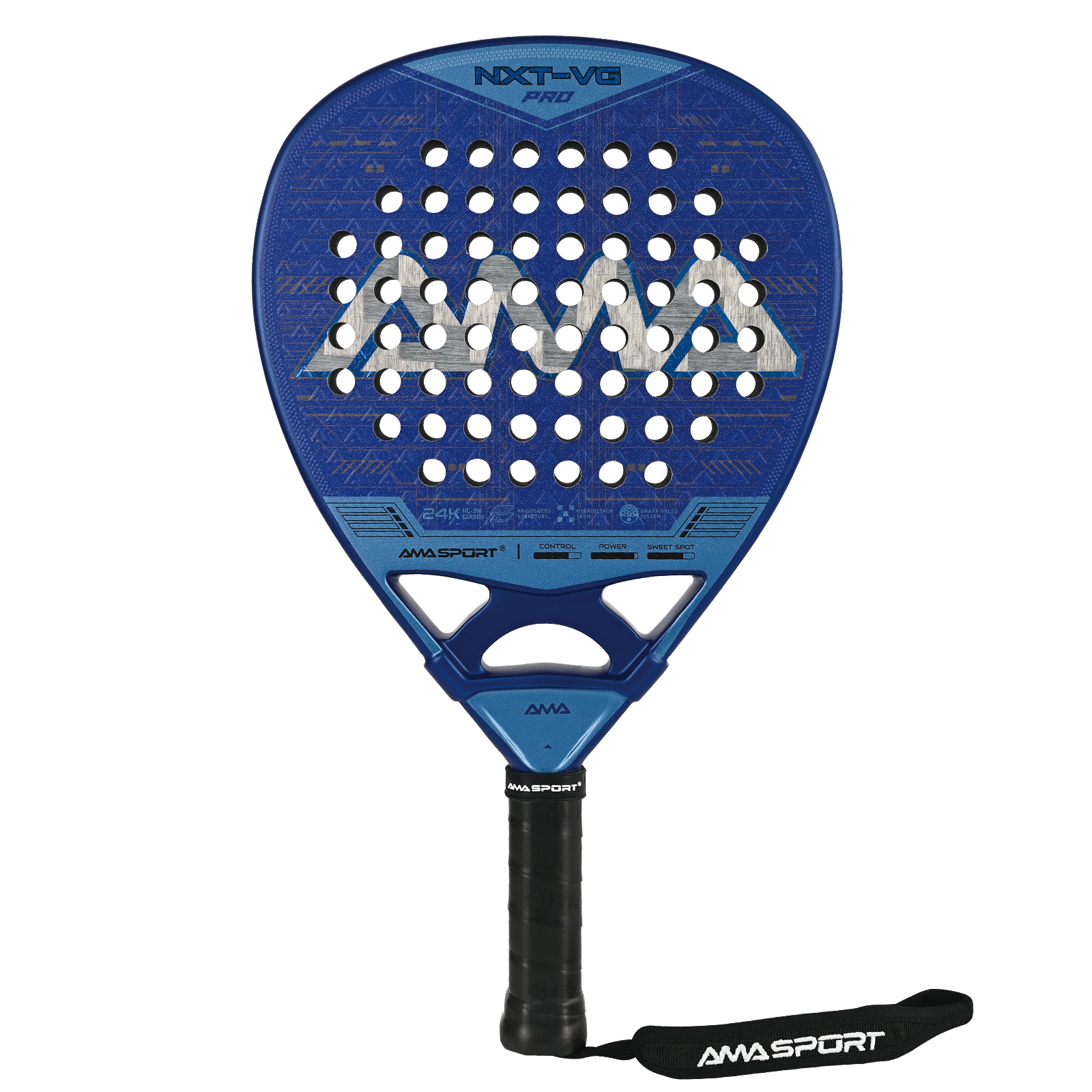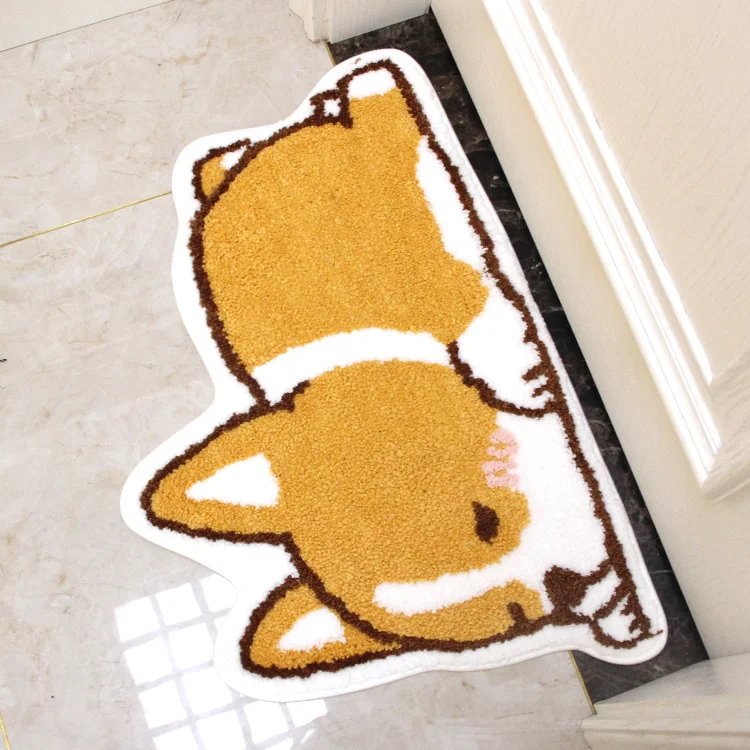In the ever-evolving world of textiles, the quest for the softest and most breathable fabric has become a paramount concern for consumers seeking comfort and functionality in their clothing. Whether for casual wear, athletic gear, or luxurious bedding, the right fabric can significantly enhance our daily experiences. This article delves into the characteristics of soft and breathable fabrics, explores the leading contenders in the market, and offers insights into their applications and benefits.
Understanding Fabric Softness and Breathability
Before we dive into specific fabrics, it’s essential to understand what constitutes softness and breathability in textiles.
- Softness refers to the tactile quality of the fabric, which is influenced by the fiber type, weave, and finishing processes. Soft fabrics feel gentle against the skin, making them ideal for garments worn directly on the body.
- Breathability, on the other hand, is the ability of a fabric to allow air and moisture to pass through it. This characteristic is crucial for regulating body temperature and ensuring comfort, especially in warm or humid conditions.
Key Characteristics of Ideal Fabrics
When searching for the softest and most breathable fabrics, consider the following attributes:
- Fiber Composition: Natural fibers such as cotton, linen, and bamboo are renowned for their softness and breathability. Synthetic fibers like modal and Tencel also offer excellent moisture-wicking properties while maintaining a soft feel.
- Weave Structure: The way a fabric is woven can impact its breathability. Looser weaves allow for better air circulation, while tighter weaves may trap heat and moisture.
- Finishing Techniques: Treatments such as enzyme washing or softening agents can enhance the softness of fabrics, making them more pleasant to wear.
Top Contenders for Softness and Breathability
- Cotton
Cotton is a classic choice for soft and breathable fabrics. Its natural fibers are soft to the touch and highly breathable, making it ideal for everyday wear. Cotton’s moisture-absorbing properties help keep the skin dry, making it a popular choice for summer clothing.
- Linen
Linen, derived from the flax plant, is another excellent option. Known for its exceptional breathability, linen allows air to flow freely, making it perfect for hot climates. While it may not be as soft as cotton initially, it becomes softer with each wash, adding to its appeal.
- Bamboo
Bamboo fabric has gained popularity in recent years due to its eco-friendly properties and luxurious softness. It is naturally breathable and moisture-wicking, making it an excellent choice for activewear and sleepwear. Additionally, bamboo has inherent antibacterial properties, which can enhance hygiene.
- Modal and Tencel
Modal and Tencel, both derived from beech trees, are known for their silky softness and breathability. These fabrics are highly absorbent and have a smooth texture that feels luxurious against the skin. They are also biodegradable, making them a sustainable choice for environmentally conscious consumers.
- Merino Wool
While wool is often associated with warmth, Merino wool stands out for its breathability and softness. Unlike traditional wool, Merino fibers are finer and softer, making them comfortable for direct skin contact. This fabric is excellent for layering, as it regulates temperature and wicks moisture away from the body.
Practical Applications and Benefits
Choosing the right fabric can significantly impact your comfort and overall experience. Here are some practical applications of soft and breathable fabrics:
- Activewear: Fabrics like bamboo and Tencel are ideal for workout clothing due to their moisture-wicking properties and softness, allowing for unrestricted movement.
- Sleepwear and Bedding: Cotton and modal are excellent choices for sleepwear and bedding, providing a soft touch that promotes restful sleep while allowing for breathability.
- Casual Wear: Linen and cotton are perfect for summer dresses, shirts, and shorts, offering comfort and style without compromising on breathability.
Conclusion
In conclusion, the search for the softest and most breathable fabric is not merely a matter of preference; it is a pursuit of comfort, functionality, and sustainability. By understanding the characteristics of various fabrics and their applications, consumers can make informed choices that enhance their daily lives. Whether you opt for the classic softness of cotton, the luxurious feel of bamboo, or the innovative properties of Tencel, the right fabric can transform your wardrobe and improve your overall comfort. As the textile industry continues to innovate, the options for soft and breathable fabrics will only expand, offering even more choices for discerning consumers.





